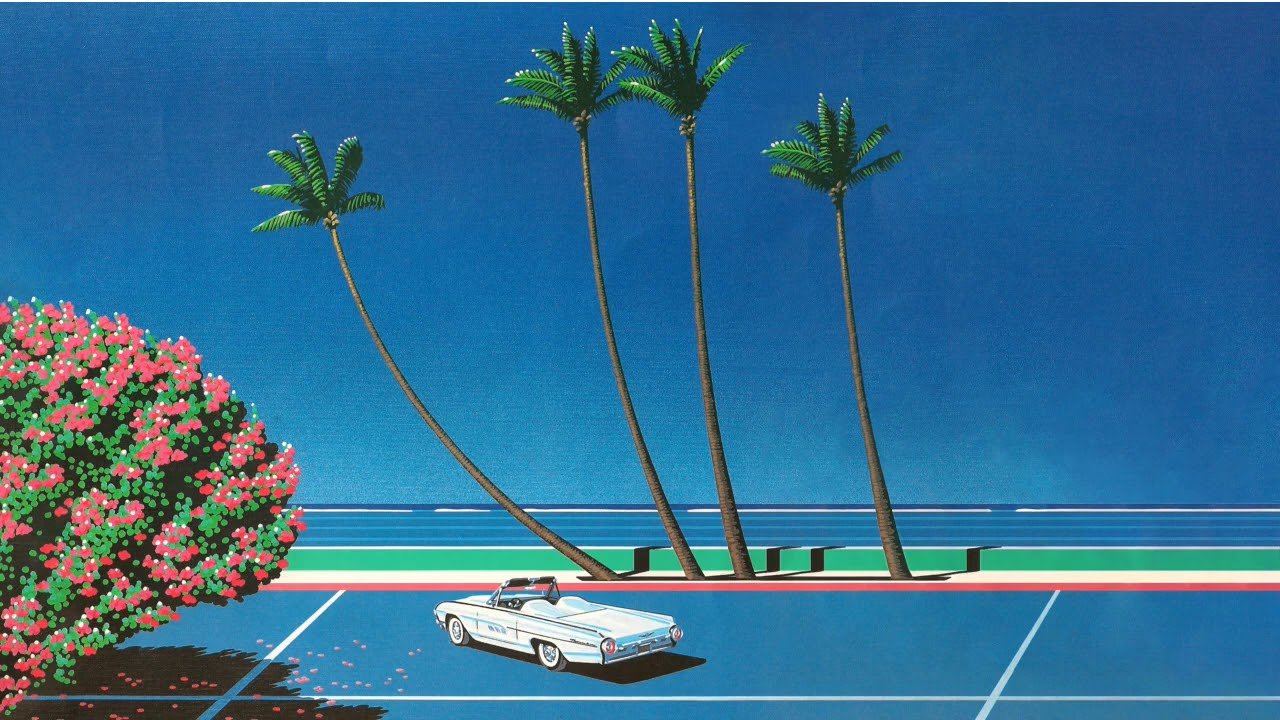
ERO-GURO NANSENSU
Ero-guro nansensu, was a movement that began in the 1930s and took its name from the English words Erotic, Grotesque Nonsense. It reached into all aspects of Japanese media, culture and art and continues in an adapted form today

KARASU-ZOKU (カラス族)
Lasting from 1982 to 1990, Karasu-zoku (‘crow tribe’) was a Japanese fashion subculture that consisted of wearing androgynous, all-black designer outfits and accessories

TAKAGI PLANNING OFFICE: Tokyo’s most aesthetic realtor
Based in Shinjuku, Takagi Planning Office (TPO) turns the traditional, bureaucratic Japanese real estate industry on its head by focusing purely on careful curation and design of beautiful spaces

LION CAFE: Shibuya’s secret classical music oasis
LION CAFE, a classical music cafe tucked away between love hotels and used underwear shops in the Maruyamacho district, is a relaxing oasis amidst Tokyo’s chaos

JAPAN’S MOST WANTED
Visit any Koban in Japan and you’ll be met with the same faces staring back at you – a wall of wanted posters, or Shimei Tehai (指名手配), showing the rewards offered for Japan’s most dangerous fugitives

SADA ABE: Japan’s Showa Sex Scandal
By the age of 31 - Sada Abe was the most notorious woman in Japan and at the center of a murderous sex scandal that shocked the Showa era public

TOKYO RUMANDO: I’m Only Happy When I’m Naked
Tokyo Rumando is a provocative, self-taught photographer who originally cut her teeth as a model for Daido Moriyama and Nobuyoshi Araki

SEIJI KURATA
Seiji Kurata (1945-2020) was one of the most highly acclaimed Japanese photographers of the modern era - shining a light on the seedy underbelly of Tokyo’s inner city

COFFEE IN A CAN
Ready-to-drink canned coffee is ubiquitous with Japan. Filling every vending machine across the nation, it first became available in Japan in 1969 thanks to UCC Ueshima Coffee Co

REVERSIBLE DESTINY LOFTS
Architects Shusaku Arakawa and Madeline Gins have completely rejected the seemingly fundamental tenet of traditional livability in their REVERSIBLE DESTINY LOFTS

KERA / KEROUAC MAGAZINE: For Eccentric Boys & Girls (1998-2017)
KERA (originally KEROUAC) Magazine first saw publication in 1998 and soon became the defining publication on Harajuku street culture

HIROSHI NAGAI: Japan’s Sun-drenched Americana
Hiroshi Nagai developed an oeuvre of Americana pop style paintings that served as a backdrop to the Japanese City Pop movement of the late 70s and 80s

Manabu Koga’s UNDERWATER GIRLS
Manabu Koga is an innovative Japanese photographer creating incredible results through a combination of his experience in underwater photography and his passion for mecha

TOKYO STYLE: Raw Tokyo Living
Kyoichi Tsuzuki’s seminal 1993 book, TOKYO STYLE, is a collection of photographs that display the raw reality of living in Japan’s capital city

FLAMINGO BAR: Tokyo's Gaudy Artist Hangout
Now a shadow of its former self, FLAMINGO BAR in Roppongi was once a vivid crimson hangout for artists, burlesque dancers and advertising executives

1964 OLYMPICS: Tokyo’s Rebirth
1964, the first year that Tokyo hosted the Olympic Games, marked a turning point in post war Japanese society and, for many, announced the rebirth of the nation

DAIDO MORIYAMA: Japan’s King of Street Photography
Born in Osaka in 1938, Daido Moriyama is renowned for his subversive and gritty style that has come to define modern day Japanese street photography

SHINGO, AOMORI: Christ’s Tomb in Northern Japan
We take a look at Shingo - a town in Aomori Prefecture where it’s claimed by locals that Jesus spent the final years of life

SHIGERU MIZUKI: An illustrated guide to Yokai
Shigeru Mizuki, born in Osaka in 1922, was a prolific manga artist often regarded as the master of Japanese Yokai (monster) stories

DEMAEKI: Japan’s enduring contraption
With today’s reliance on apps for food delivery, it’s easy to think of it as an entirely modern phenomenon. In Japan however, food delivery, or demae (出前), goes back 300 years